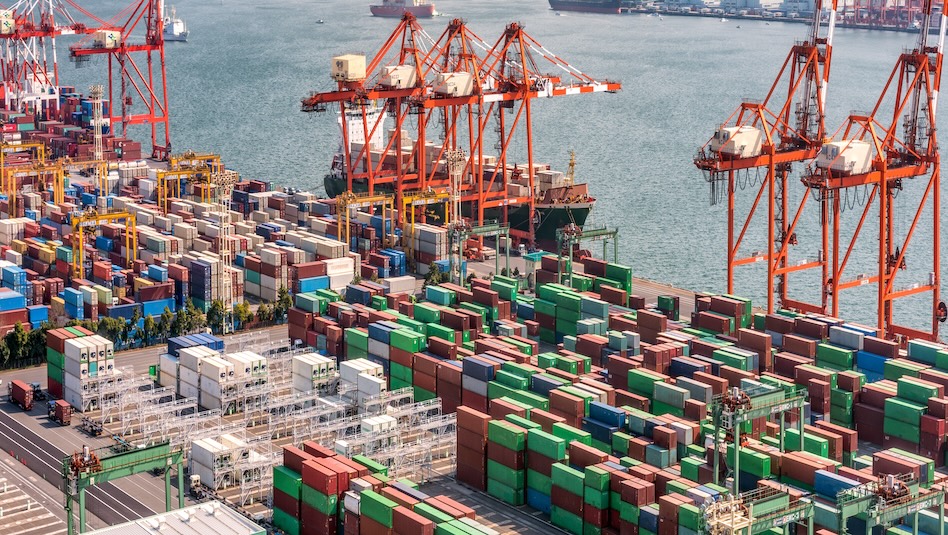Oliver Ryan C. Oreta, 37, starts most of his workdays not in his construction company’s office, but in a rented seat at a co-working space in Ortigas.
Despite having a dedicated office in his company, he makes the daily trip from his home in Parañaque City to the Hangout Coworking Space in Tycoon Center. For him, the quiet environment offered by co-working spaces is a necessity for the kind of focus his sales and marketing role requires.
“In the office, because it is a construction firm, it’s noisy,” Mr. Oreta told BusinessWorld in an interview. “I need some space for me to think clearly… some space that’s very quiet.”
He first started renting a seat in a co-working facility in 2023, initially availing himself of day passes before eventually subscribing to a monthly membership.
He shuns working from home, citing the distractions that come with remote work. “The proximity of the working table to the bed and kitchen can be an easy distraction.”
Like many other professionals navigating a hybrid work setup, Mr. Oreta doesn’t mind spending more in exchange for comforting silence, high-speed internet and late operating hours — all fueling the growing demand for co-working spaces in the Philippines.
Janlo C. De Los Reyes, head of research and strategic consulting at JLL Philippines, said the co-working or flexible office segment is poised for growth despite increasing return-to-office mandates.
“We expect demand for the sector to be fueled by companies that continue to employ hybrid work arrangements, multinational corporations and business process outsourcing firms requiring temporary spaces for employees, and small businesses and startups that are looking for an office or address within the central business districts,” he said in a Viber message.
He noted that the appeal of co-working spaces lies in their flexibility, letting companies easily scale up or down without the long-term commitments of traditional office leases.
Data from JLL Philippines showed a healthy occupancy rate of 89.6% for co-working spaces in Makati and Bonifacio Global City in Taguig, two of Metro Manila’s key business districts.
Colliers Philippines has also observed strong demand driven by hybrid work setups, noting that many firms have yet to return to pre-pandemic leasing patterns.
“More companies have also been implementing 100% return to office, and this is a signal that landlords need to be more proactive in offering flexible lease terms,” Colliers said in an April 2 report.
The overall flexible workspace vacancy in Metro Manila rose to 17.5% at the end of last year from 16.7% a year earlier. However, Colliers noted that this was still a major improvement from the record 41% vacancy rate in the first quarter of 2021.
Fort Bonifacio led with the highest number of occupied co-working seats at 12,000; followed by Makati with 10,000; Quezon City with 7,000; Ortigas with 4,000; Mandaluyong with 2,000; Alabang, Muntinlupa with 1,000; and the Bay Area in Pasay City with 437, according to Colliers.
International Workplace Group Plc (IWG), a multinational office solution provider, is bullish on the Philippines’ flexible workspace market.
“The co-working space is the fastest-growing segment within commercial real estate,” IWG Philippines Country Manager Lars Wittig said in a video interview with BusinessWorld. He added that the departure of Philippine offshore gaming operators (POGO), which used to be major office lessees, has accelerated demand for flexible workspaces.
“The exit of POGOs is accelerating our network development because now, the partners feel an even greater urge to come to us to seek our partnership to be able to fulfill the demand for flexible workspace,” Mr. Wittig said.
President Ferdinand R. Marcos, Jr. last year ordered a total ban on POGOs due to their reported links to organized crime including human trafficking.
IWG expects to open its 50th location in the Philippines this year and signed its 61st center, which will be in Makati, in March.
“With the golden era for the country, the many more good jobs being created, what you do see is that the companies continue to be rightsizing — meaning downsizing their conventional leases — which again means that the demand is gravitating over to flexible workspaces,” Mr. Wittig said.
He also said hybrid work setups have become a tool to attract talent. “Employers are now offering hybrid working to attract and retain young talent who prefers this setup instead of going to the office.”
‘Chill mood’
Mr. Oreta, for his part, agrees that the younger workforce is challenging the norms of traditional office work.
“Millennials want a chill-mood kind of work,” he said. “They want to be at the beach, at the party, or wherever they want to be. They just want to do their work and chill.”
He noted that workers like him are not bound by the traditional 9-to-5 schedule. He usually stays until 2 a.m. to finish his work.
“It is nice that the conventional type of work is broken now,” he said. “Because we’re not talking about ‘this is the proper place, this is the proper thing to do.’ We are talking more of productivity.”
“We have the freedom to choose wherever we want to work, as long as your productivity is standard,” he added.
Mr. De Los Reyes said flexible workspaces are cost-effective for startups and smaller businesses, which don’t need a large office space.
Smaller players in the co-working space sector are also seeing a surge in interest, particularly from freelancers and students.
“While independent professionals still make up a big portion of our clients, we’ve also noticed a surge in small businesses and even corporate teams opting for flexible workspaces instead of traditional office leases,” Alcariza R. Peregrino, managing partner at The Hangout: Coworking Space, said in an e-mailed reply to questions.
“The demand is shifting towards spaces that are cost-efficient, collaborative and hassle-free, and that’s exactly what we offer,” she added.
The Hangout offers rates of PHP 250 for four hours, PHP 500 for eight hours, and PHP 10,500 for a full month. Students can avail themselves of hourly rates as low as PHP 70. Monthly membership for hot desks starts at PHP 7,500 and PHP 10,000 for fixed desks.
The facility also offers virtual office services — letting users list a business address without renting a physical desk — starting at PHP 3,000 a month. These include mail handling, receptionist support and day passes.
During a visit by BusinessWorld to The Hangout, professionals from diverse backgrounds were seen using the space, including an English teacher conducting lessons over Zoom and corporate workers in casual attire focused on their laptops.
Amenities include fast internet, unlimited coffee, lounges, books, board games and flexible workspace areas designed to balance work and relaxation.
“We’re proud of what we’ve built here, but we’re also looking ahead,” Ms. Peregrino said. “Our vision is to expand into more key areas like Quezon City, Manila and Makati, where demand for flexible workspaces is high.”
Monthly rental rates for flexible workspaces vary depending on the district, according to Colliers. Seats cost PHP 8,000 to PHP 20,000 in Ortigas; PHP 7,000 to PHP 18,000 in Quezon City; PHP 7,000 to PHP 19,000 in Alabang; PHP 8,000 to PHP 25,000 in Mandaluyong; PHP 8,000 to PHP 38,000 in Makati; PHP 13,000 to PHP 25,000 in Fort Bonifacio; and PHP 15,000 to PHP 20,000 in the Bay Area.
The rise in online jobs and remote work has also fueled demand for co-working spaces outside Metro Manila.
In Cavite, The Quiet Corner has emerged as the first co-working facility in Indang, Cavite. The Quiet Corner is the only co-working space in the town, making it a top choice for students, professionals and remote workers in the area, according to the firm.
“The demand has been strong due to the lack of similar workspaces nearby, and we continue to see consistent occupancy throughout the week,” it added. — Aubrey Rose A. Inosante, Reporter







 DOWNLOAD
DOWNLOAD














